
Filter News
Area of Research
- (-) Nuclear Science and Technology (27)
- (-) Supercomputing (153)
- Advanced Manufacturing (5)
- Biological Systems (1)
- Biology and Environment (102)
- Biology and Soft Matter (4)
- Building Technologies (2)
- Chemical and Engineering Materials (3)
- Chemistry and Physics at Interfaces (7)
- Clean Energy (168)
- Climate and Environmental Systems (7)
- Computational Biology (1)
- Computational Chemistry (5)
- Computational Engineering (1)
- Computer Science (3)
- Data (1)
- Earth Sciences (1)
- Electricity and Smart Grid (1)
- Energy Frontier Research Centers (7)
- Fuel Cycle Science and Technology (2)
- Functional Materials for Energy (8)
- Fusion and Fission (32)
- Fusion Energy (7)
- Geographic Information Science and Technology (1)
- Isotopes (21)
- Materials (122)
- Materials for Computing (13)
- Materials Synthesis from Atoms to Systems (8)
- Materials Under Extremes (7)
- National Security (45)
- Neutron Data Analysis and Visualization (2)
- Neutron Science (72)
- Quantum Condensed Matter (3)
- Quantum information Science (4)
- Renewable Energy (2)
- Sensors and Controls (2)
- Transportation Systems (4)
News Type
News Topics
- 3-D Printing/Advanced Manufacturing (4)
- Advanced Reactors (4)
- Artificial Intelligence (21)
- Big Data (13)
- Bioenergy (3)
- Biology (6)
- Biomedical (7)
- Biotechnology (1)
- Buildings (2)
- Chemical Sciences (1)
- Climate Change (12)
- Computer Science (45)
- Coronavirus (7)
- Cybersecurity (2)
- Decarbonization (3)
- Energy Storage (1)
- Environment (13)
- Exascale Computing (12)
- Frontier (13)
- Fusion (6)
- Grid (1)
- High-Performance Computing (20)
- Isotopes (2)
- Machine Learning (7)
- Materials (4)
- Materials Science (10)
- Mathematics (1)
- Microscopy (2)
- Molten Salt (1)
- Nanotechnology (5)
- National Security (3)
- Net Zero (1)
- Neutron Science (6)
- Nuclear Energy (18)
- Physics (4)
- Quantum Computing (10)
- Quantum Science (10)
- Security (1)
- Simulation (10)
- Software (1)
- Space Exploration (2)
- Summit (21)
- Sustainable Energy (3)
- Transformational Challenge Reactor (2)
- Transportation (3)
Media Contacts
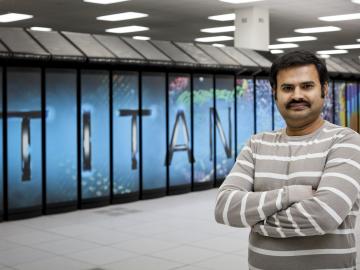
Supercomputers like Oak Ridge National Laboratory’s Titan are advancing science at a frenetic pace and helping researchers make sense of data that could have easily been missed, says Ramakrishnan “Ramki” Kannan. Kannan, a computer scientist who came to ORNL in March 2016 after ...

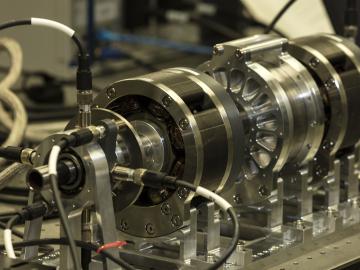
When it comes to a challenging application for embedded instrumentation and control, none quite beats an environment of molten salt at 700 degrees Celsius. But that is just the application chosen by scientists at the US Department of Energy’s Oak Ridge National Laboratory...
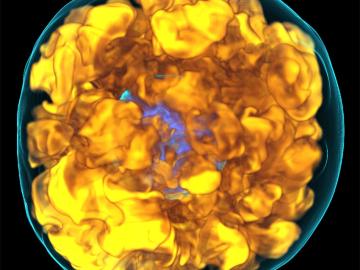
The U.S. Department of Energy’s Office of Science announced 55 projects with high potential for accelerating discovery through its Innovative and Novel Computational Impact on Theory and Experiment (INCITE) program. These awards allocate the multi-petascale computing resources at Argonne and Oak Ridge National Laboratories, two of America’s most powerful supercomputers dedicated to open science.
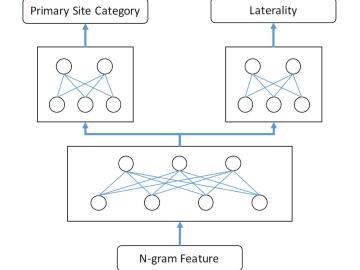
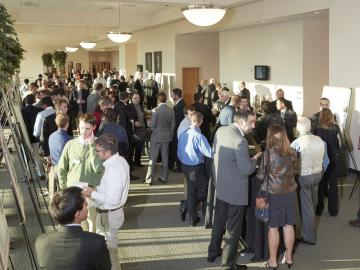
Renewed interest in molten salt technology was evident at a recent gathering of advanced nuclear reactor experts at the US Department of Energy’s (DOE’s) Oak Ridge National Laboratory (ORNL). Nearly 200 attendees from national labs, industry, utilities, reactor design firms,...
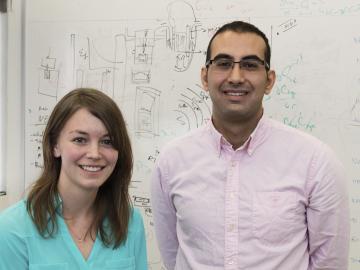
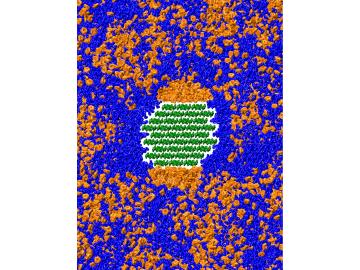

The Department of Energy’s Oak Ridge National Laboratory will add its computational know-how to the battle against cancer through several new projects recently announced at the White House Cancer Moonshot Summit.
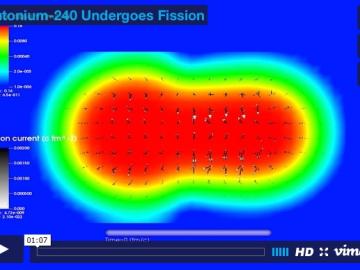
While trying to fatten the atom in 1938, German chemist Otto Hahn accidentally split it instead. This surprising discovery put modern science on the fast track to the atomic age and to the realization of technologies with profound potential for great harm or great help. Altho...


